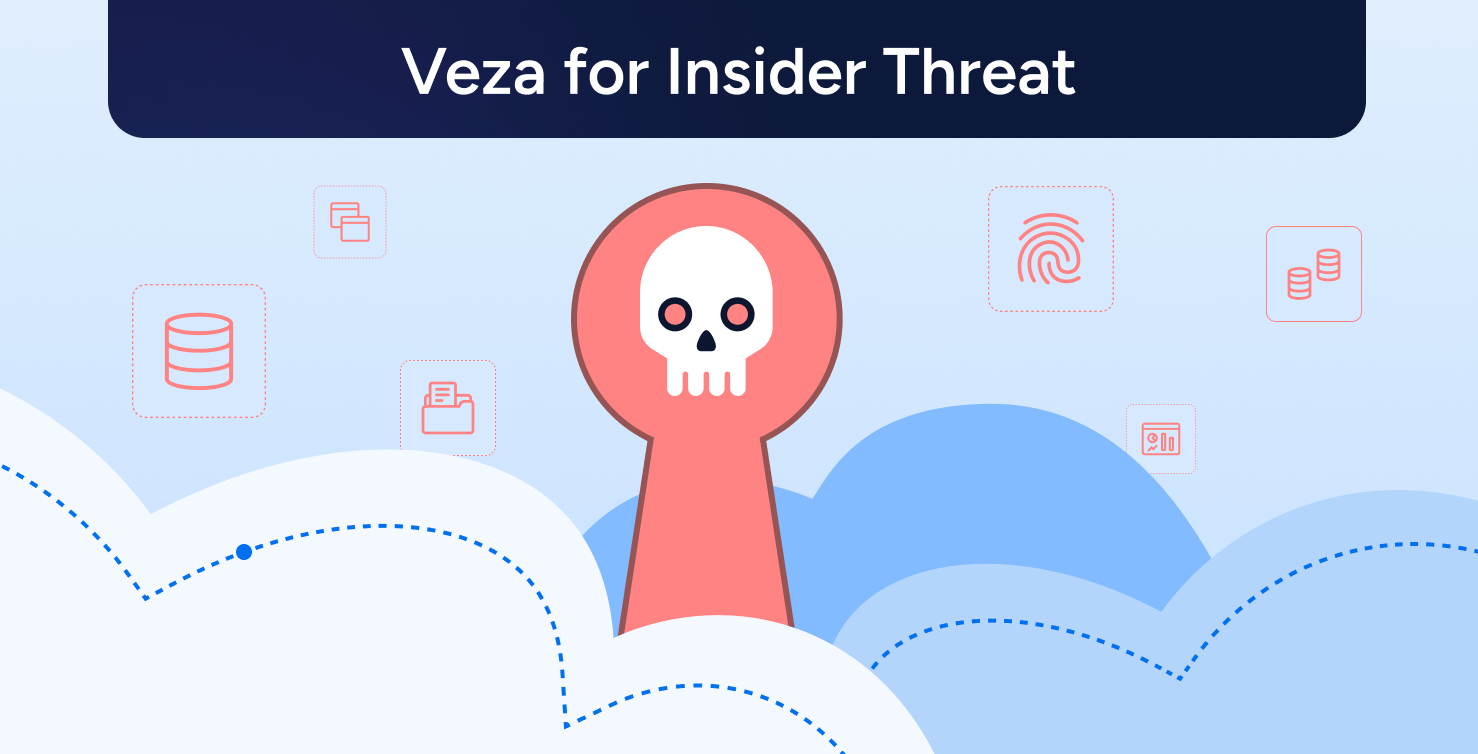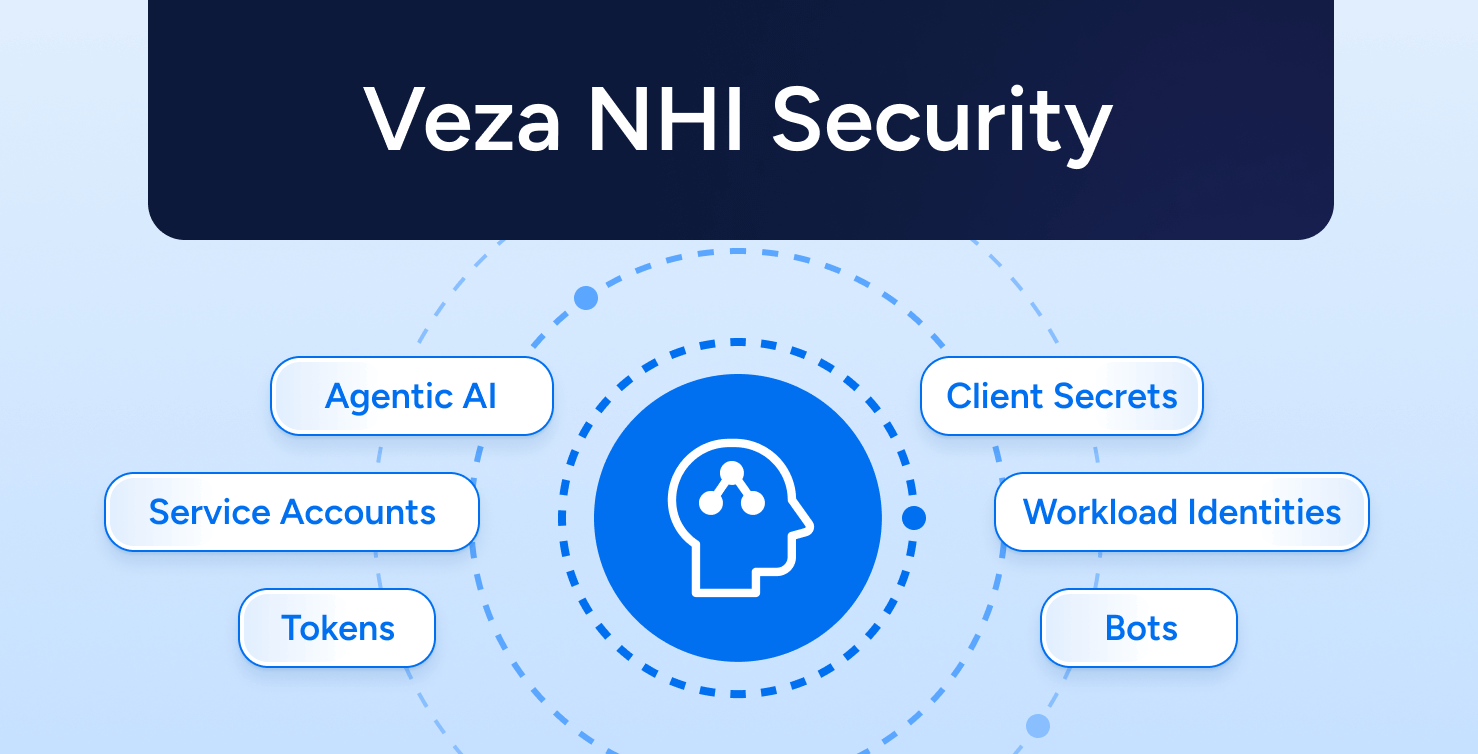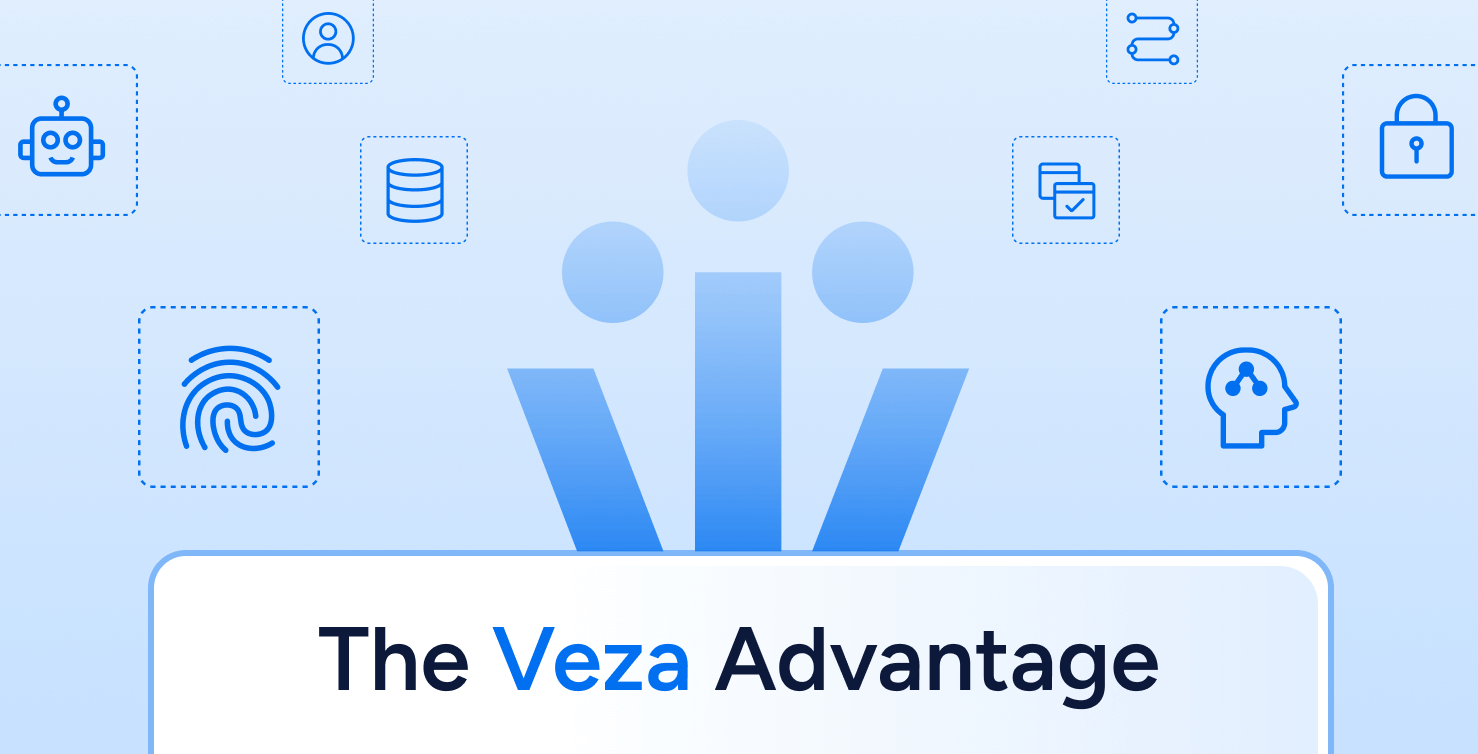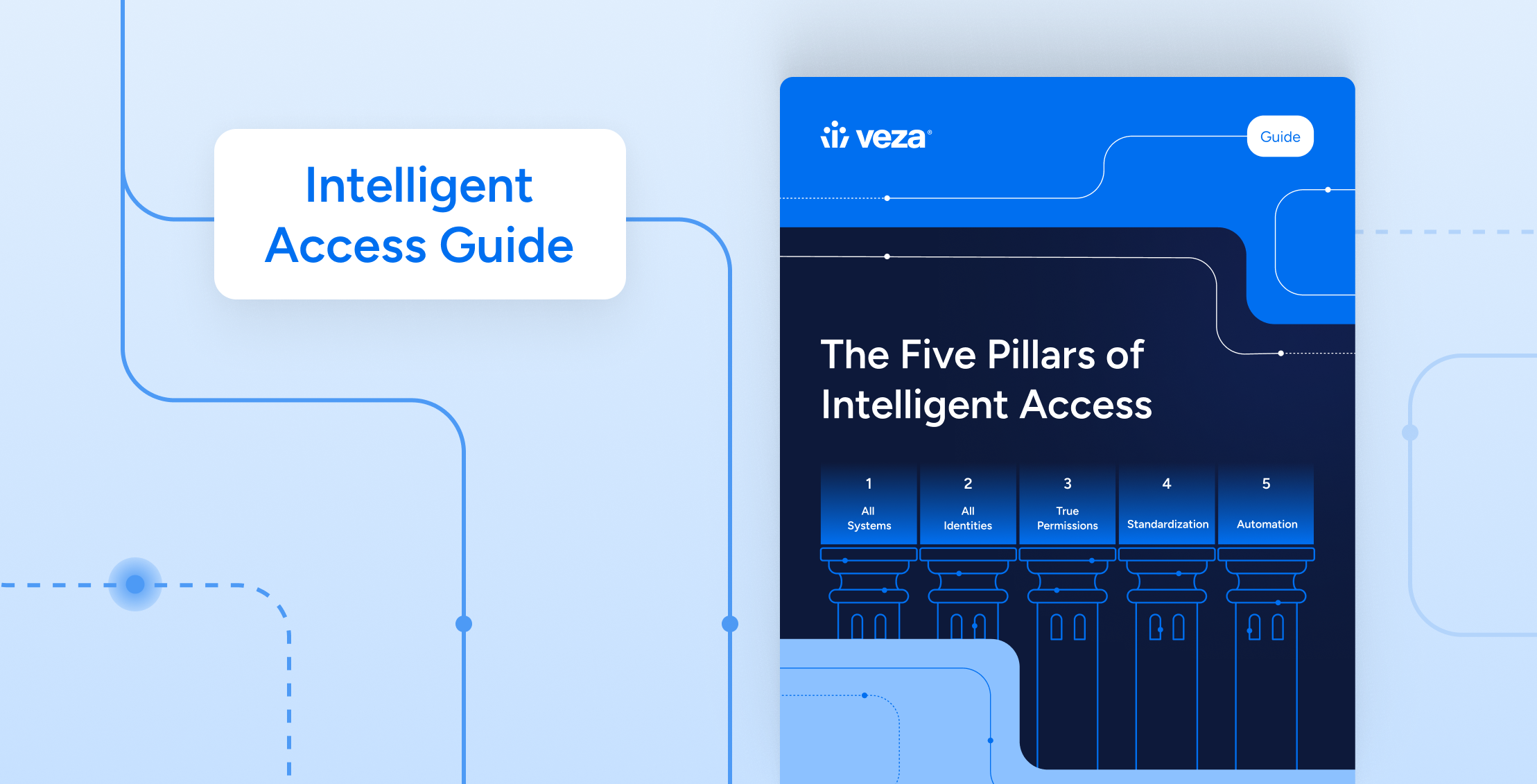
Mitigate insider risk by governing access with precision and context
Insider risk is rarely loud. It is quiet access that lingers, grows, and eventually bites. Veza gives you line-of-sight into effective permissions, correlates identities to the data they can actually touch, and automates least privilege across people and non-human identities. If you anchor your security program on Zero Trust, our approach maps cleanly to that model in Identity Security is the Foundation for Zero Trust.
The Challenge: Insider Risk is Growing
Privilege does not explode in a single day. It drifts. A project ends, an exception stays, a contractor rolls off, and residual access keeps compounding. In large environments, that drift is predictable unless you govern it. The mechanics of keeping Azure tenants clean are a good reminder: entitlements pile up across roles, PIM assignments, and inherited policies, as outlined in Azure access control and compliance: a practical guide for intelligent access.
What teams report seeing:
Why is it hard
How Veza helps
Gain complete visibility
Start by seeing the world the way an attacker would. Veza constructs an Access Graph that connects identities, roles, groups, policies, and the specific objects they unlock. That view makes it obvious when a marketing user can write to a finance table or when a temporary data role still edits S3 buckets. If you are modeling the new perimeter, the perspective in Identity Attack Surface Analysis: Securing the New Perimeter helps teams reason about exposure before they act.
Detect and respond to high-risk access
With visibility in place, Veza flags toxic combinations like create vendor plus approve payment, highlights orphaned identities, and spots unused but powerful entitlements. When SecOps needs to move quickly, the end-to-end flow from scoping effective permissions to revoking with approvals and capturing audit evidence is modeled in Stopping Insider Risk in Its Tracks with Veza + CrowdStrike Falcon.
Managers make better decisions when reviews contain real context like owner, data sensitivity, last used, and downstream reach. Veza packages that into clear certifications, opens tickets for risky access, and auto-expires project-based privileges. The Azure patterns above translate directly into time-bound grants and predictable revocation that hold up in audit.
Protect against NHI abuse
Treat non-human identities like users with jobs to do and limits to respect. Veza assigns clear ownership and lifecycle to every key, token, service account, and workload identity, then compares effective permissions to an approved access profile so scope stays right-sized. Credentials rotate on schedule and on signal, drift is flagged the moment scope expands, and risky entitlements are quarantined with before and after evidence that stands up in audit.
Outcomes
- Lower breach likelihood and impact by removing excess entitlements and toxic paths
- Audit-ready evidence of reviews, approvals, expirations, and SoD conformance
- More team capacity through automated discovery, review, and enforcement
Typical insider-threat scenarios
Compromised employee account
EDR flags a payroll analyst. Veza shows effective permissions on finance systems and sensitive tables, identifies exactly which entitlements enable payment changes, and drives a scoped, approved rollback. This access-first workflow pairs naturally with detections from Microsoft Defender for Identity.
Vendor offboarding gap
The SSO account is disabled, but app-level roles persist. Veza correlates the vendor identity across systems, surfaces residual entitlements, and documents revocation for audit. If directory sprawl is the root cause, the operating model in Directory Systems: Overcoming Identity Silos helps close that loop.
Service account drift
A CI pipeline token quietly gains read-write on production data. Veza alerts on the scope change, identifies the owner, rotates the secret, and restricts access to required objects only, complementing identity-led alerts in Malwarebytes ThreatDown: Identity Threat Detection that surfaces suspicious script activity, dormant service accounts with admin rights, and compromised non-human identities before they become data exfil events.
What you can do with Veza
Spot toxic combos like create-vendor plus approve-vendor
Find dormant access that has not been used within your policy window
Quarantine risky identities by revoking specific entitlements quickly
Prove least privilege with before and after evidence tied to tickets
Standardize reviews with role context, data sensitivity, and usage insights
Integrations and coverage
Veza connects to identity providers, SaaS apps, clouds, and data platforms, then normalizes authorization so you can govern consistently. If you are aligning with Gartner’s thinking on visibility and correlation, the reference architecture in Identity Visibility & Intelligence Platform (IVIP) shows how discovery and intelligence feed enforcement.
How it works
- Ingest and normalize identity and authorization data across sources
- Construct the Access Graph that correlates identities, roles, groups, policies, objects, and activity
- Analyze for toxic combinations, dormant access, orphaned identities, and out-of-policy permissions
- Automate enforcement with certifications, approvals, expirations, and scoped revocations
- Prove control with tickets, exports, and audit-ready evidence
Proof you can show audit
Auditors want a clean story, not a scavenger hunt. Veza records every reviewer, date, and decision at the identity-and-app level, ties approvals to the originating ticket with approver details, and shows exactly when time-bound access was granted and when it expired. For non-human identities, the change log includes key rotations and scope adjustments, so you can present before-and-after permissions as defensible evidence without digging through disparate systems.
KPIs you can move
This program is measurable. Expect a steady drop in toxic combinations across your critical systems, fewer dormant and orphaned entitlements, and a faster mean time to revoke when high-risk access appears. Over the quarter, your percentage of access aligned to least privilege rises while access reviews finish faster and with higher decision quality, because managers finally have the context to certify or revoke with confidence.
Where to go next
If you want the why behind the what, start with Identity Ransomware: Why ISPM Matters for a clear look at how excess access becomes business impact.
For the hands-on playbook to contain insider risk in the moment, see Beyond Insider Risk: Operationalizing Identity Threat Response with Veza + CrowdStrike.
If you are ready to modernize the governance layer that keeps drifting from returning, review Next-Gen Identity Governance & Administration for program patterns that scale.
When you are ready to see this in your environment, schedule a demo.


